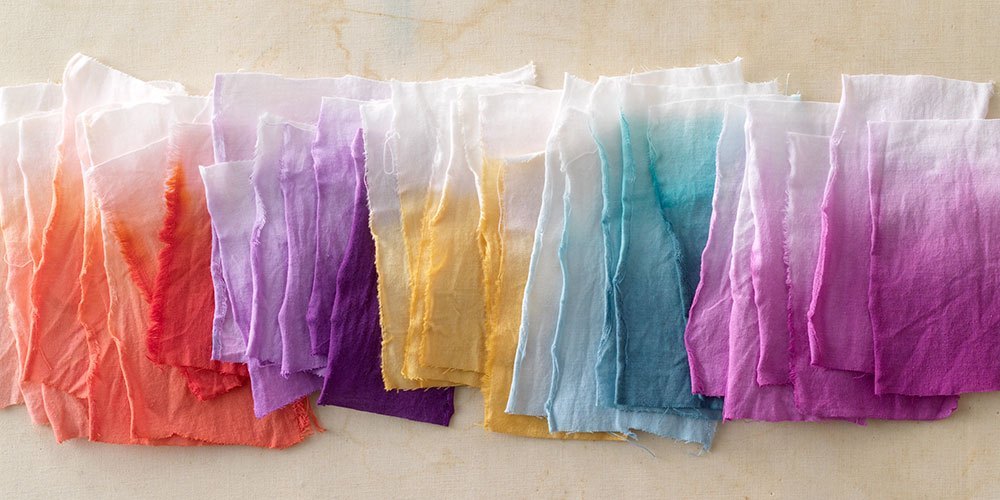LET'S TALK EARTH-FRIENDLY DYES
In the world of fabric dyes there are 2 types – natural and synthetic. Natural dyes use items found in nature, such as minerals, roots, berries, bark, leaves, and wood to alter the color of fabric and yarns. At first blush, it would seem using natural dyes would be a natural extension of using organic cotton, which we use in the vast majority of our products. So why don’t we use natural dyes in our clothing?

As we explored the natural dye option, we learned there are good reasons why they have not been widely adopted, even among brands trying to produce the most earth-friendly clothing they can.
First, natural dyes, on their own, don’t hold their color. As an example, if we used blueberry by-product to achieve a deep purple color, after a couple of washes, the garment’s color would be less deep, less purple. After several washes, it would be purplish-white. Not what most people are looking for.
There is a way around this. For lack of a better term, color ‘adhesives’ could be added during the dying process to help the color stick, even after washing. But these adhesives are extremely caustic and more than negate the benefits of organic cotton.
But there is a “third way.” To achieve colorfastness (the ability to hold color after several washings), while minimizing exposure to harmful chemicals, we use the gold standard for safe dyes – OEKO-TEX Standard 100.

OEKO-TEX Standard 100 insures that the dyes are free from several substances, whether or not they are regulated by the US government (many are not). These include some of the better-known carcinogens and harmful substances:
- Azo colourants
- formaldehyde
- pentachlorophenol
- cadmium
- nickel
- lead
These chemical safety standards are extremely stringent and our dye maker, a company called DyStar, endures rigorous testing on a constant basis. If you want to geek out on specifics, you can have at it here. DyStar is well-known as a company committed to innovating sustainability in an industry that notoriously doesn’t.
A word to those with sensitivities: eliminating the most harmful chemicals from dyes is a good thing for all of us, there are some people who have severe allergies or sensitivities to various chemicals that may or may not be judged as generally safe or harmful. We can’t promise anyone with these sensitivities will have zero problems with our dyes (every body is unique), but we have heard from several such customers who excitedly told us our fabrics have not triggered these reactions.
